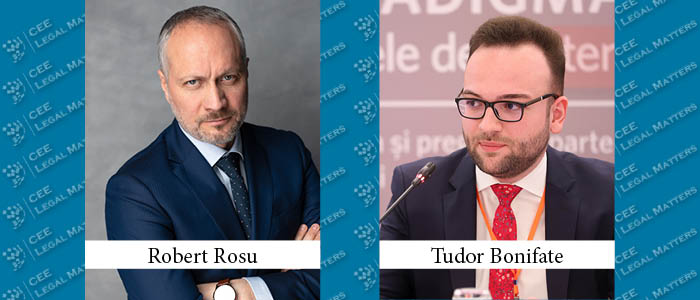On January 11, 2024, Romania enacted significant amendments to its legislation on public-private partnerships (PPPs). While the country has had a dedicated PPP legal framework since 2002, no major infrastructure projects have been developed through this mechanism. To attract private investors and international financial institutions to participate in such projects in Romania, Government Emergency Ordinance no. 39/2018 on PPPs (GEO no. 39/2018) has been amended substantially.
The amendments were drafted by Tuca Zbarcea & Asociatii and the International Finance Corporation (IFC), part of the World Bank Group, as legal and financial advisors to the Romanian government and the Romanian Ministry of Finance.
Parties to the PPP Contract
Prior to the amendments, each PPP contract was concluded between three parties: (i) the public partner; (ii) the private partner; and (iii) a special purpose vehicle (SPV) set up by the private partner to implement the project. In practice, it was noticed that private investors were reluctant to enter into PPP contracts due to the specific obligations they had to assume toward the public partner and the liability they faced in case of non-performance. The new regulation takes important steps to eliminate this inconvenience by expressly allowing the public partner to sign the contract only with the SPV, which thus becomes the only entity to assume obligations under the PPP contract.
The Public Partner’s Contribution to the PPP Financing
The previous regulation limited the public partner’s contribution to the PPP financing to 25% of the capital costs. This limit was unsustainable in social infrastructure projects (such as hospitals and schools), where the public partner needs to make a substantial contribution from the construction phase of the PPP project. The new regulation removes the limit on the public partner’s contribution and allows it to contribute as much as necessary from the start of the PPP contract, provided that the contribution is consistent with EU limits on the public deficit and debt.
Financing Municipal PPP Projects
The previous legislation was unclear as to whether the national government could finance municipal PPP projects. Some of these projects are vital for local communities, but municipalities cannot afford to properly finance them. The new regulation addresses this issue. The Romanian government can now participate in financing municipal PPP projects and there is now a clear set of administrative procedures, decisions, and approvals for allocating funds from the central budget to local budgets to successfully finance economic and social infrastructure projects.
Resolution of Disputes Arising from PPP Contracts
Romanian legislation does not provide for a special procedure for the resolution of disputes arising from PPP contracts. Instead, the standard procedures for public procurement and concession contracts apply. The parties may choose to submit their dispute to the administrative divisions of the competent courts or to an administrative body (the National Council for Solving Complaints). The new regulation is a big step forward as it allows the parties to a PPP contract to include an international arbitration clause. It also streamlines the process for public partners to engage specialized law firms to represent them in international arbitration.
Currently, there is no established administrative or judicial practice for applying the new provisions of GEO no. 39/2018, given that they recently came into force. However, Romanian public authorities have already shown interest in developing the country’s economic and social infrastructure through PPP contracts. The best-known project is the modernization of the Timisoara Municipal Hospital, with an estimated value of EUR 120 million.
By Robert Rosu, Partner, and Tudor Bonifate, Associate, Tuca Zbarcea & Asociatii
This article was originally published in Issue 11.5 of the CEE Legal Matters Magazine. If you would like to receive a hard copy of the magazine, you can subscribe here.






















